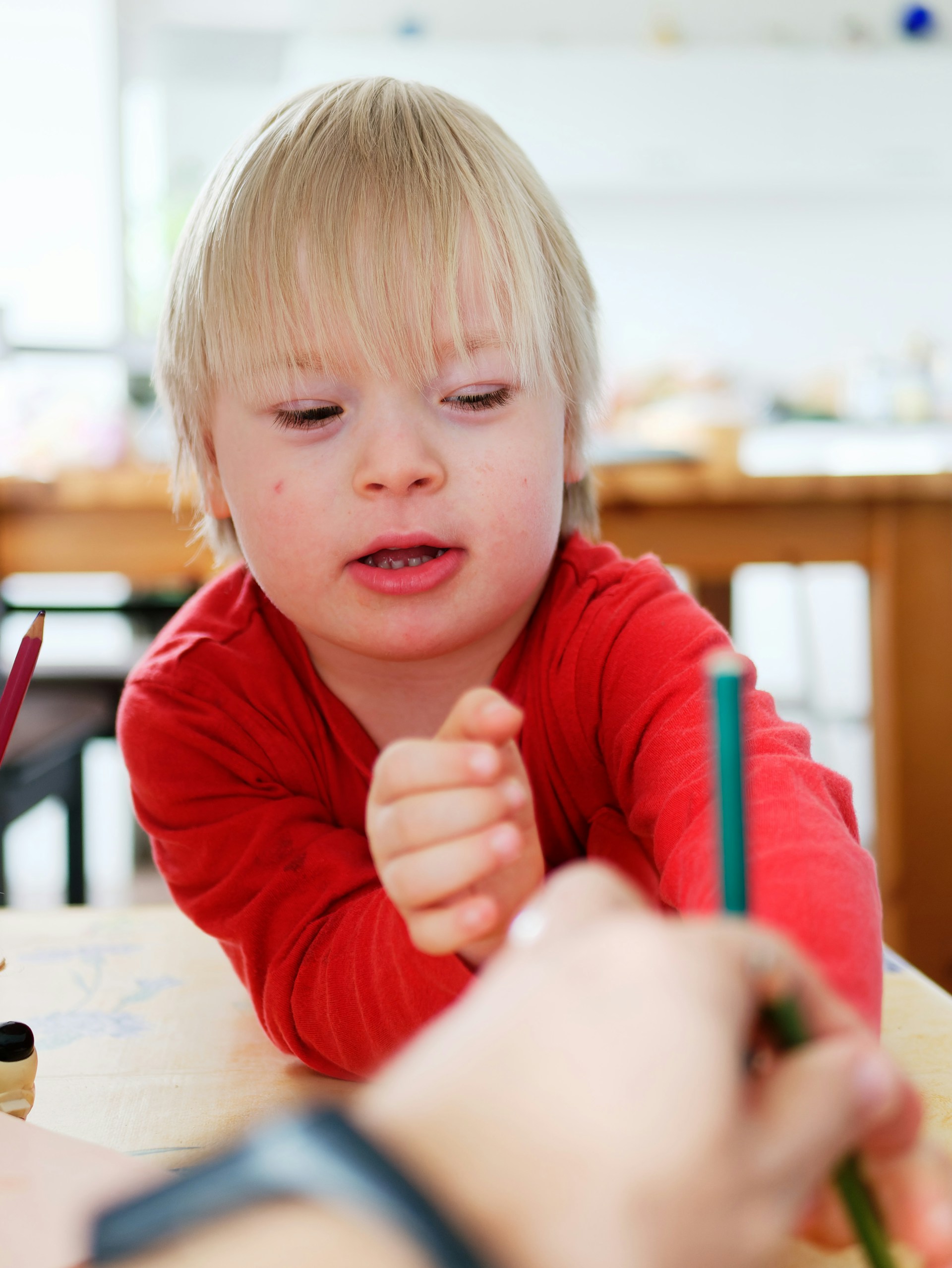In recent years, the needs of children in mainstream schools have changed, with roughly 15% of students having special educational needs (SEN). Children with SEN face several challenges within the classroom and can sometimes struggle to reach their full potential. With staff shortages and a demanding curriculum, it’s more difficult than ever for teachers to support their whole class.
Inclusive education is an important principle that emphasises equal opportunities for all students regardless of their background or special needs. Teachers play a crucial role in creating a supportive and inclusive learning environment where every student can thrive.
Here are some ideas and teaching strategies teachers can easily integrate in the classroom to support students with SEN.









